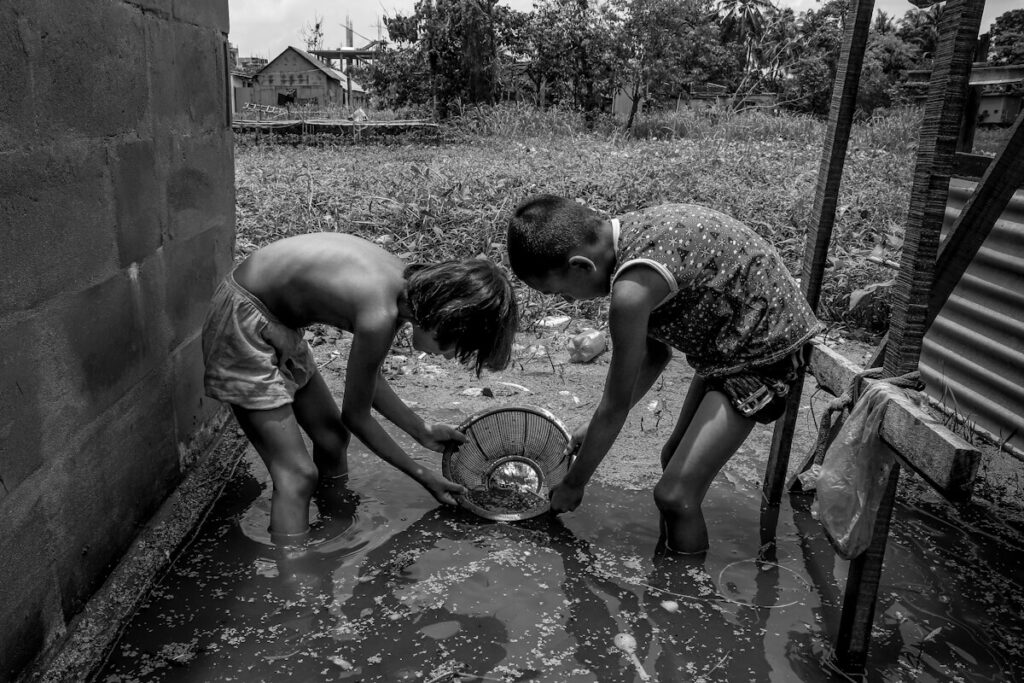Child abuse is a persistent issue that affects millions of children worldwide. Education on child abuse prevention and trauma-informed teaching can play a critical role in breaking this cycle, empowering children, parents, and educators to recognize, report, and prevent abuse.
The Impact of Child Abuse on Society
Child abuse has long-lasting effects on victims, families, and communities. Research indicates that abused children often experience emotional, cognitive, and behavioral issues that can follow them into adulthood. These challenges may lead to difficulties in academic performance, social interactions, and future career prospects. Schools play a vital role in early intervention, offering support systems that help mitigate these negative outcomes (National Child Traumatic Stress Network).
How Education Helps in Child Abuse Prevention
Education serves as a powerful tool for child abuse prevention by equipping children, teachers, and caregivers with knowledge and resources.
- Teaching children personal safety skills: Schools can incorporate programs that educate children on recognizing inappropriate behavior and seeking help from trusted adults (RAINN).
- Training educators to identify abuse signs: Teachers trained in trauma-informed practices can identify warning signs of abuse, such as sudden behavioral changes, unexplained injuries, or withdrawal from social activities.
- Encouraging open communication: When schools foster safe and supportive environments, children feel more comfortable reporting abuse.
The Role of Schools and Teachers in Breaking the Cycle
Educators are often the first line of defense against child abuse. They interact with students daily and can recognize signs that might otherwise go unnoticed. Schools should implement policies that encourage reporting and provide resources such as counseling services and support groups (Child Welfare Information Gateway).
Furthermore, teachers should receive professional development on handling disclosures sensitively and directing affected children toward appropriate resources. This proactive approach can break the cycle of abuse by providing children with the necessary tools and support to heal and build resilience.
Empowering Parents Through Educational Programs
Parental education is equally crucial in preventing child abuse. Community-based workshops and online courses can teach parents about positive discipline, stress management, and the long-term impact of abusive behaviors. Many organizations offer free resources to help parents develop nurturing relationships with their children (Prevent Child Abuse America).
The Importance of Policy and Advocacy
Legislative efforts and advocacy groups play a significant role in reinforcing education’s impact on child abuse prevention. Governments should allocate resources to fund school-based programs, train professionals, and enhance child protection laws. Organizations like Stop It Now! provide educational materials and advocate for stronger policies to protect children from abuse.
Breaking the cycle of child abuse requires a collective effort, and education is at the heart of this mission. By integrating child abuse prevention programs into school curriculums, training educators, empowering parents, and supporting advocacy initiatives, we can create a safer world for children.




